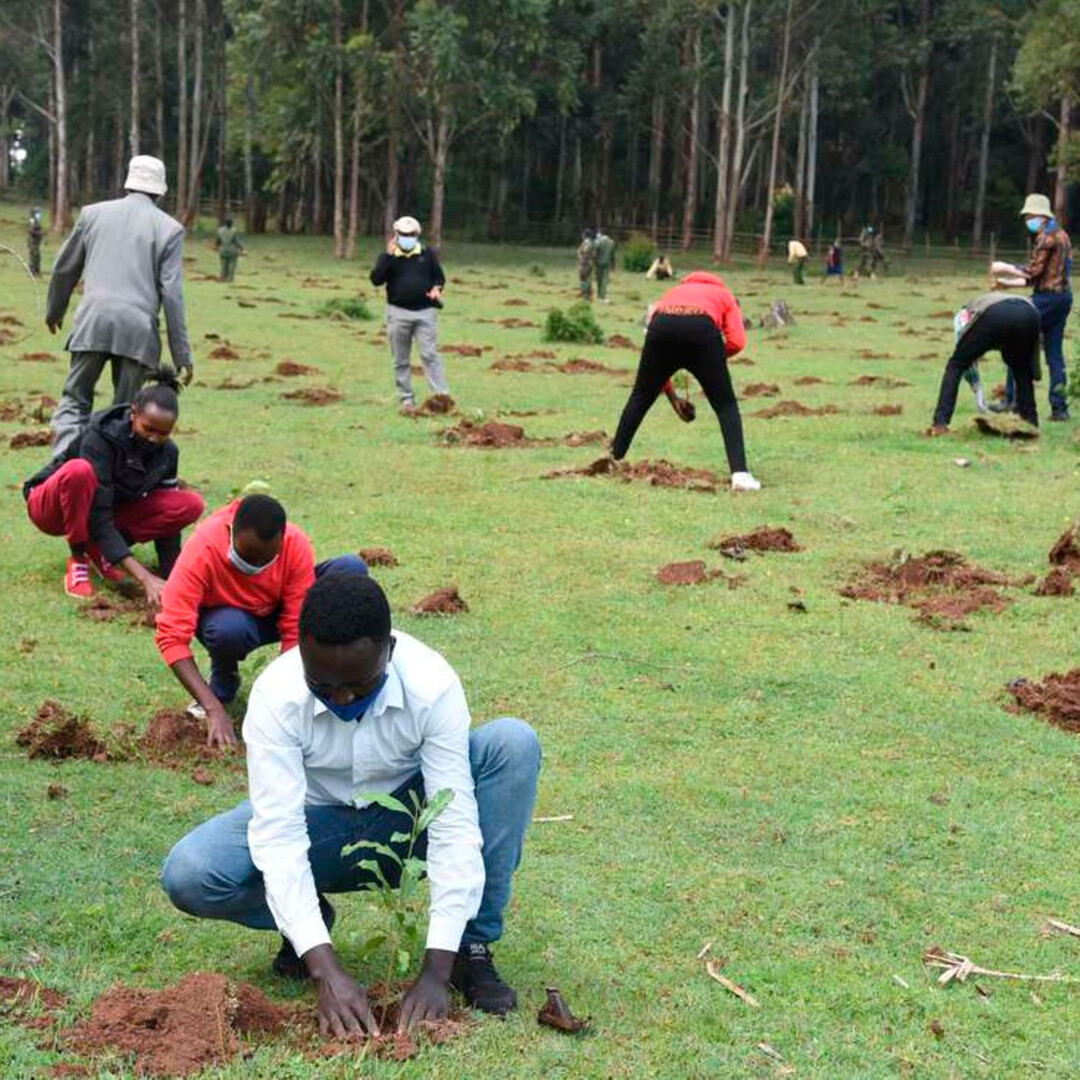
Nairobi, Kenya – The Kenyan government's decision to lift a six-year moratorium on logging in public and community forests in July 2023 has sparked widespread environmental alarm. The resumption of logging activities, coupled with ambitious development projects, is rapidly depleting Kenya's already fragile forest cover, posing a significant threat to its biodiversity and climate resilience.
With a mere 12 percent tree cover and 8.8 percent forest cover, Kenya stands as one of Africa's least forested nations. Worryingly, 10 percent of its 1,100 native tree species are now facing extinction. The stark contrast between the government's vocal commitment to climate action, as evidenced by hosting the Africa Climate Summit in September 2023, and its logging policy has drawn sharp criticism from environmentalists.
Immediate Consequences and Alarming Statistics
The Kenya Forestry Research Institute (KEFRI) reported that within six months, from January to June 2024, an estimated six million eucalyptus trees were felled, primarily for processed timber exports to China and India. This staggering loss is equivalent to five times the size of Karura Forest, a vital 2,570-acre urban sanctuary. Kenya's forest cover has fallen below the 10 percent minimum requirement stipulated by the 2010 constitution, signaling a critical environmental crisis.
Development vs. Conservation: A Contentious Balance
The government's development plans are exacerbating the situation. Projects such as the construction of a border town in Suam Forest, the proposed sale of Aberdare Forest land for township expansion and dairy farming, and the widening of roads through protected areas are destroying vital ecosystems.
Suam Forest: 50 acres are earmarked for a border town and housing project to support a one-stop border post with Uganda.
Aberdare Forest: Plans to tarmac a road through this UNESCO World Heritage candidate site, and the 2020 Nyandarua County proposal to sell 163 acres, threaten its unique biodiversity, including the endangered mountain bongo antelope.
Karura Forest: 51.64 acres are targeted for road expansion, although this plan was temporarily halted by a court order in December 2024.
Oloolua Forest: Land grabbing by high-ranking officials has resulted in the loss of at least 66 acres, with illegal construction halted only after public outcry.
Ngong Forest: Illegal mapping and construction for a restaurant and golf club have been reported, further encroaching on protected land.
Allegations of Illegal Activities and Lack of Transparency
Activists like Job Kamau have raised concerns about the lack of transparency in logging operations. The Kenya Forest Service's claim of removing old trees for rejuvenation in Karura and Thogoto Forests is met with skepticism, as no replanting efforts have been observed. The Oloolua Forest situation has exposed alleged land grabbing by government officials, with investigations yielding no results.
Community Voices and Conservation Efforts
Community-based conservationists like Kimeli Winston highlight the "big appetite for land" among government officials, who are encroaching on forests after seizing public spaces. The Oloolua Community Forest Association's efforts to report illegal activities underscore the crucial role of local communities in protecting Kenya's forests.
Climate Change Implications and Future Outlook
The rapid deforestation is not only destroying Kenya's natural heritage but also exacerbating climate change impacts. Data from Global Forest Watch indicates significant tree cover loss due to fires and other factors. The continued logging and development projects threaten to push Kenya's forests to the brink of extinction.
As Kenya prepares to potentially host the 2025 Africa Climate Summit, the government faces increasing pressure to reconcile its development goals with its environmental commitments. Environmentalists are calling for stricter enforcement of conservation laws, increased transparency in land management, and a renewed focus on sustainable development practices.
Additional Considerations:
Economic Pressures: The demand for timber, both domestically and internationally, is a significant driver of deforestation. The need for economic development is a factor that the Kenyan government must balance with environmental concerns.
Reforestation Efforts: While logging continues, there must be a strong focus on reforestation and afforestation initiatives. Community involvement in tree planting and forest management is essential.
Policy and Enforcement: Strengthened environmental policies and robust enforcement are crucial to curbing illegal logging and land grabbing.
International Cooperation: Collaboration with international organizations and other countries can provide technical and financial support for Kenya's conservation efforts.
By addressing these critical issues, Kenya can safeguard its forests and ensure a sustainable future for its people and the planet.
[Copyright (c) Global Economic Times. All Rights Reserved.]





























